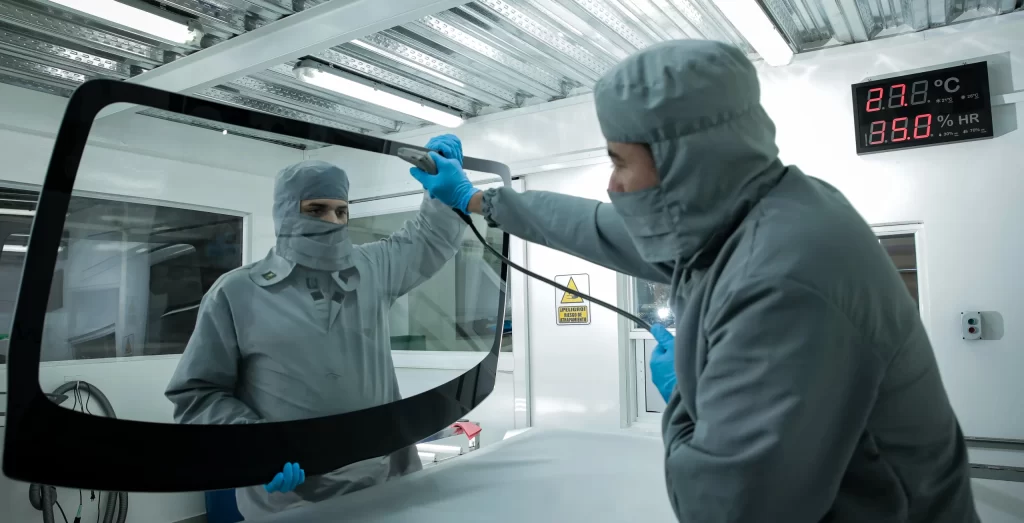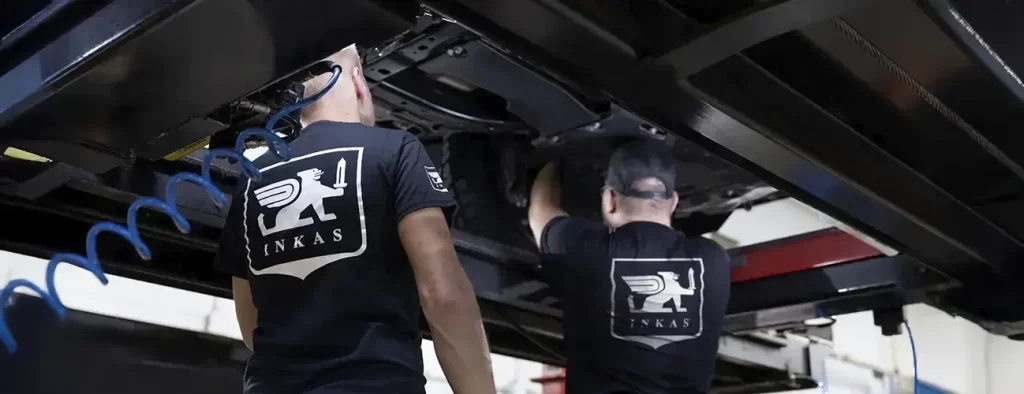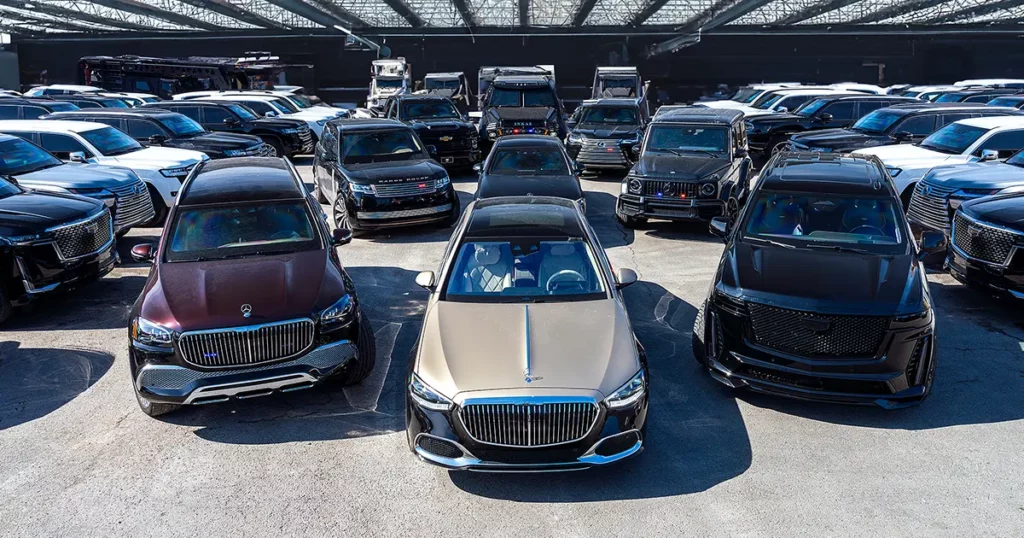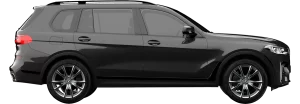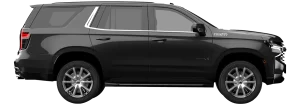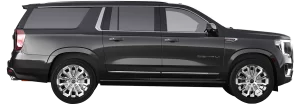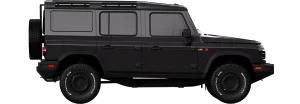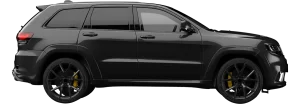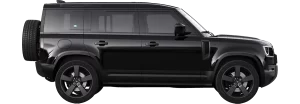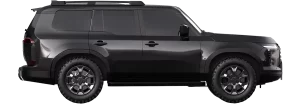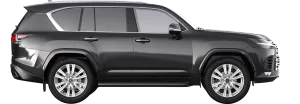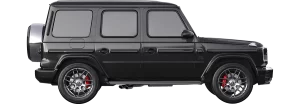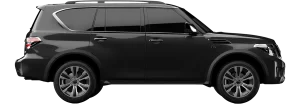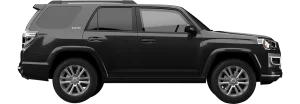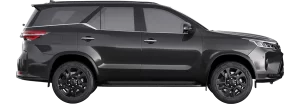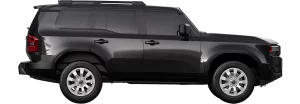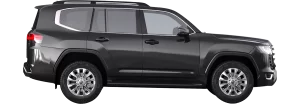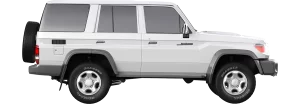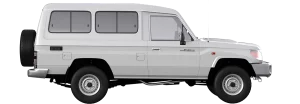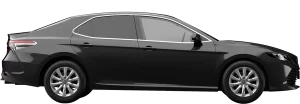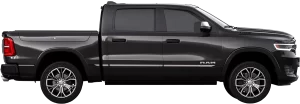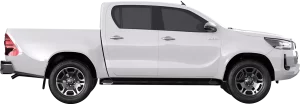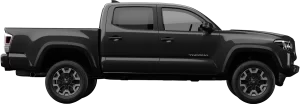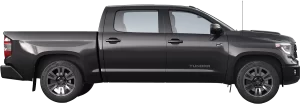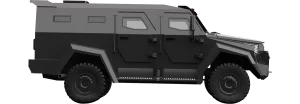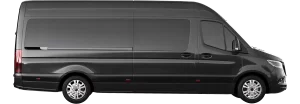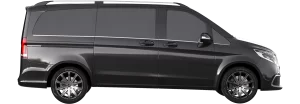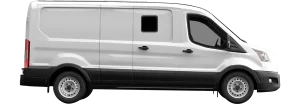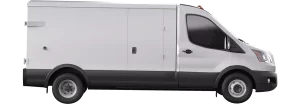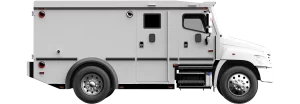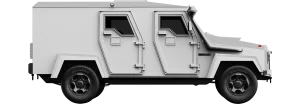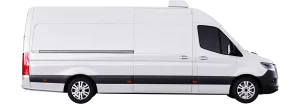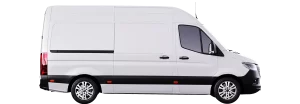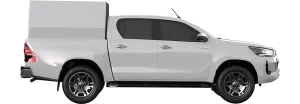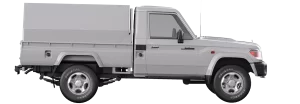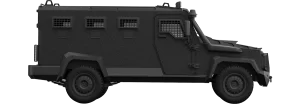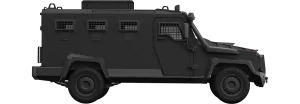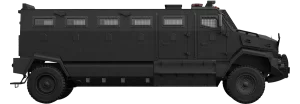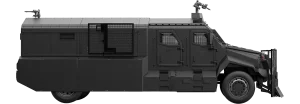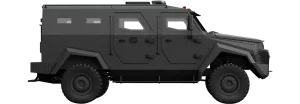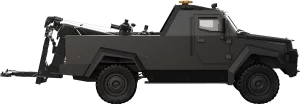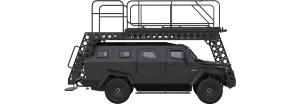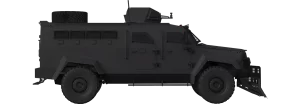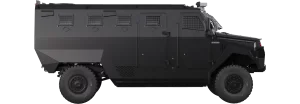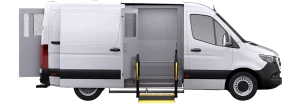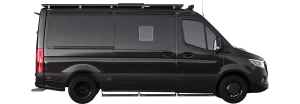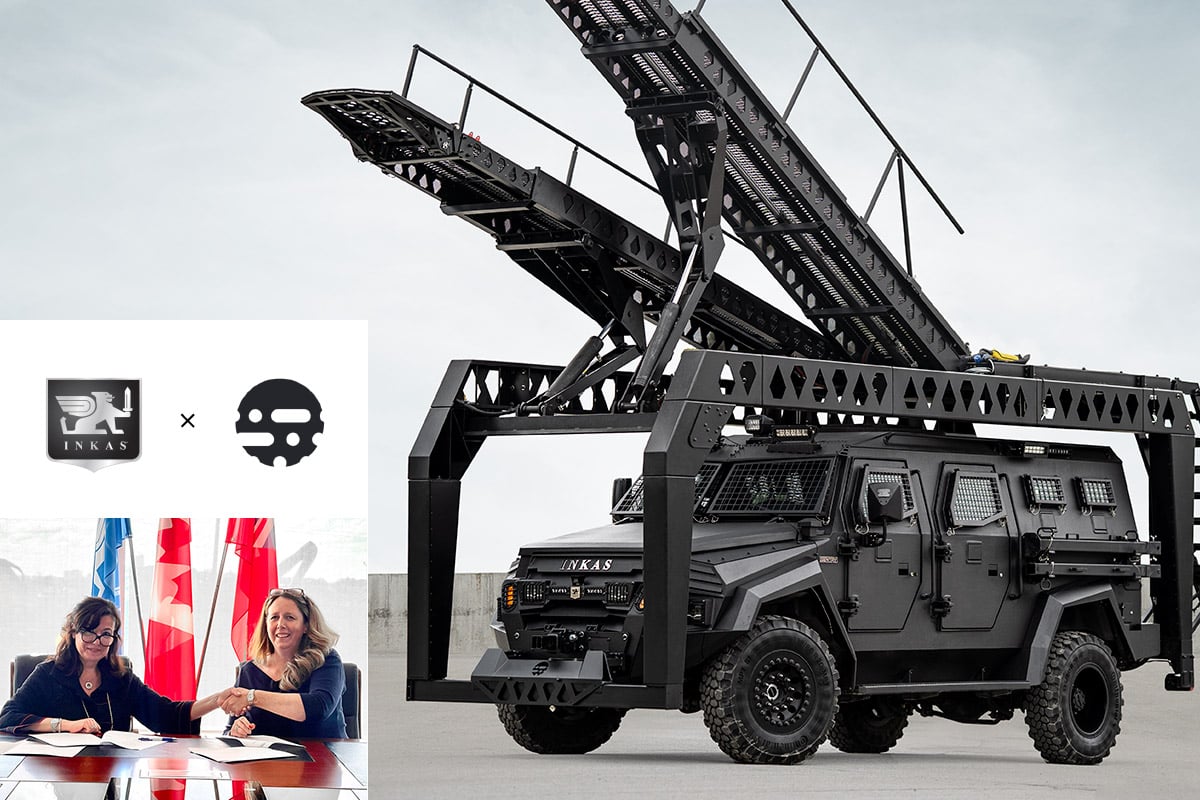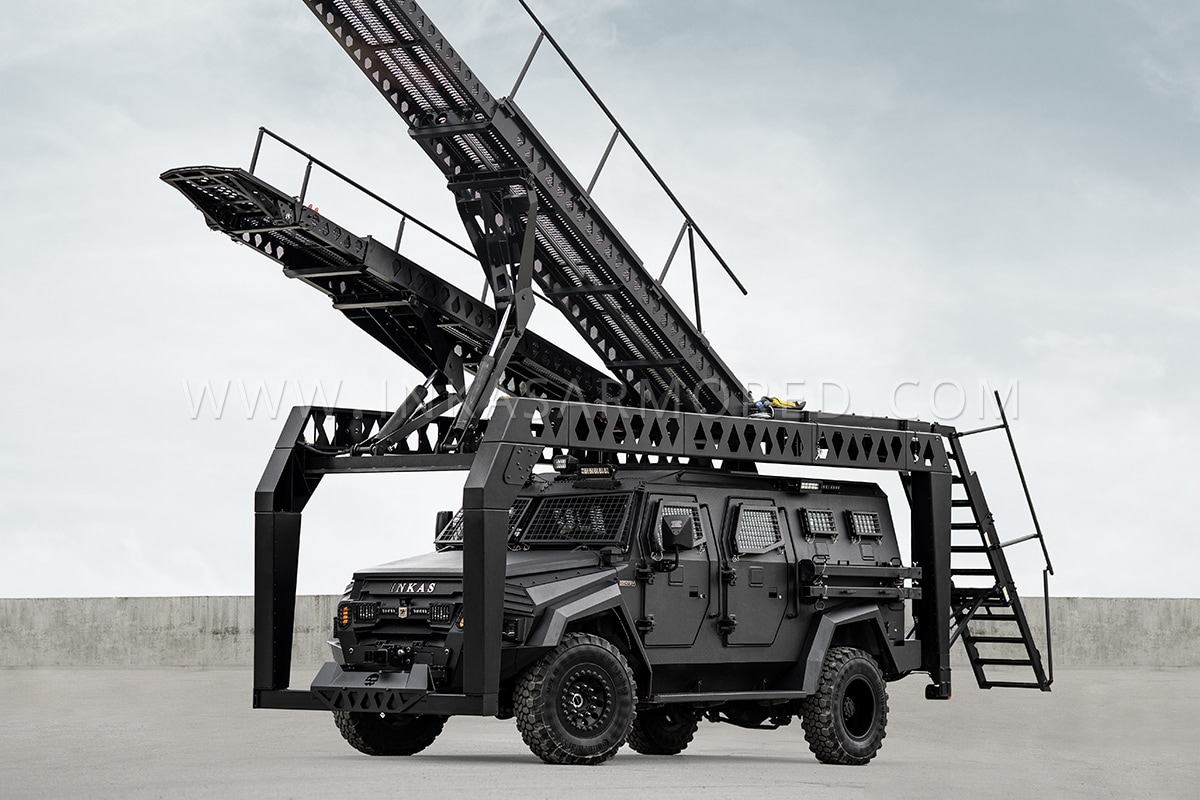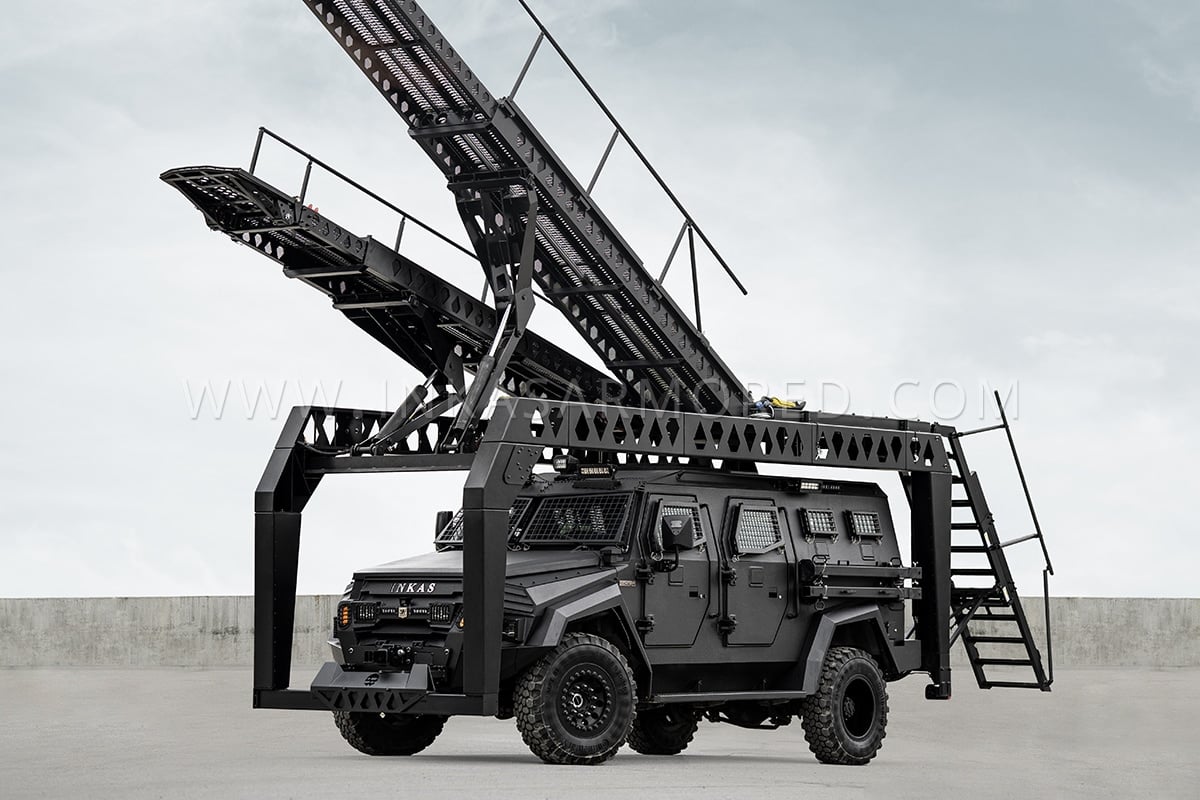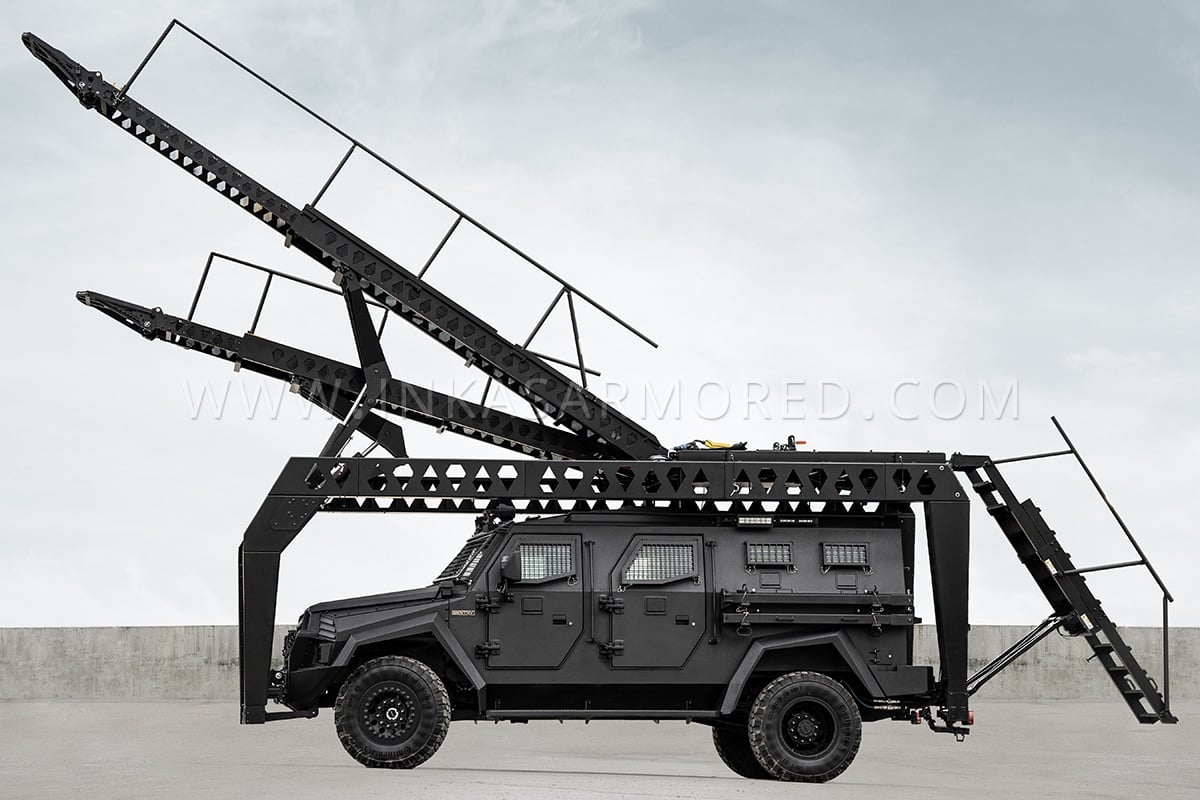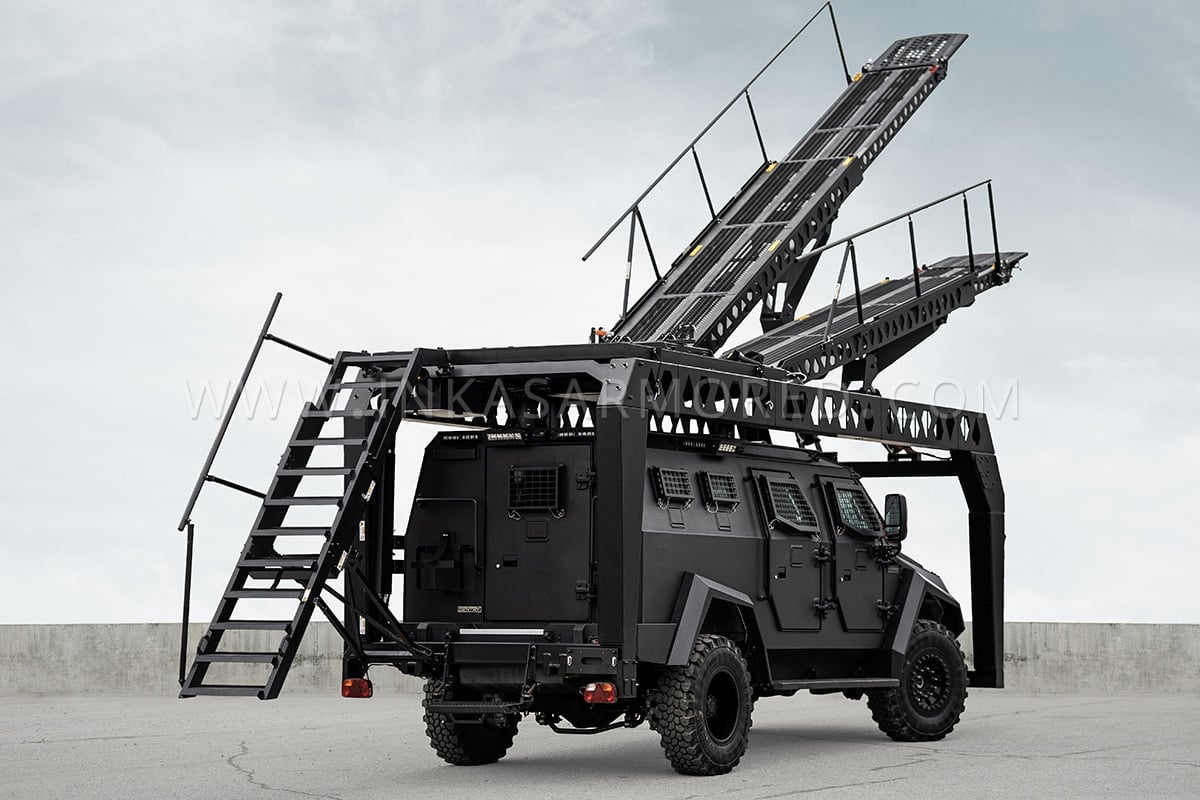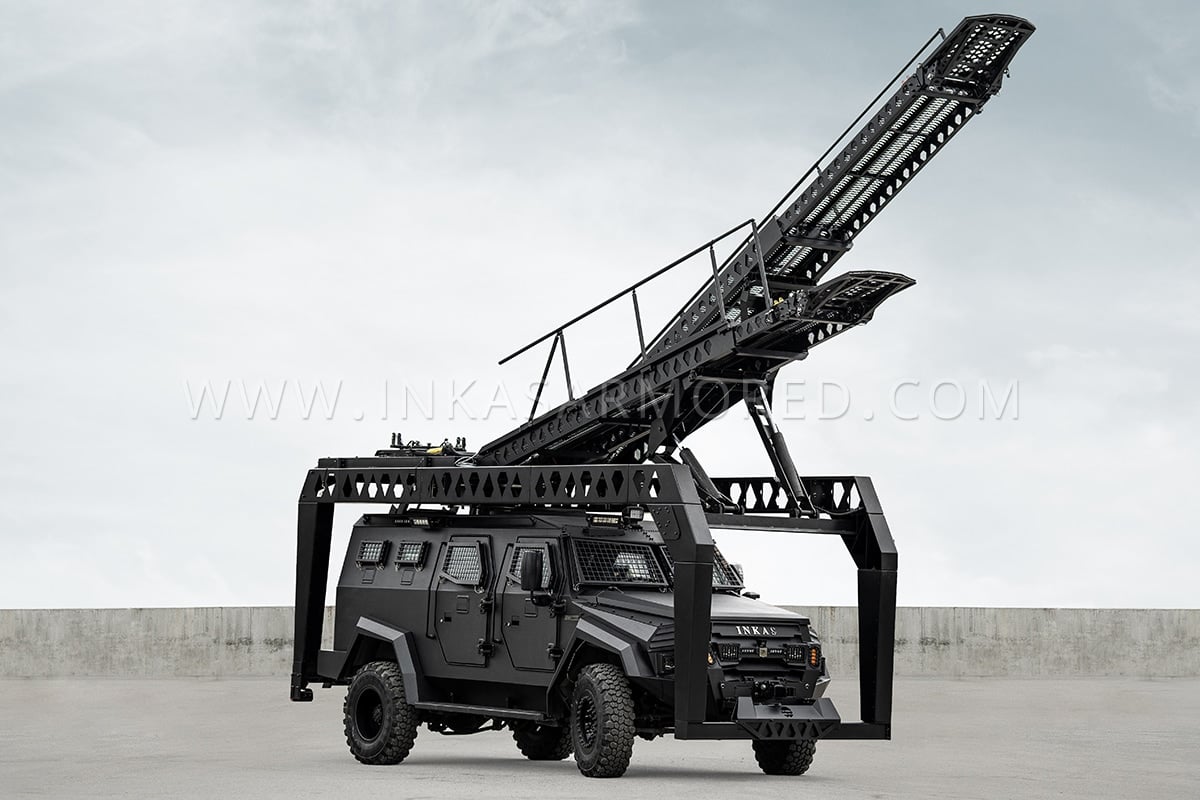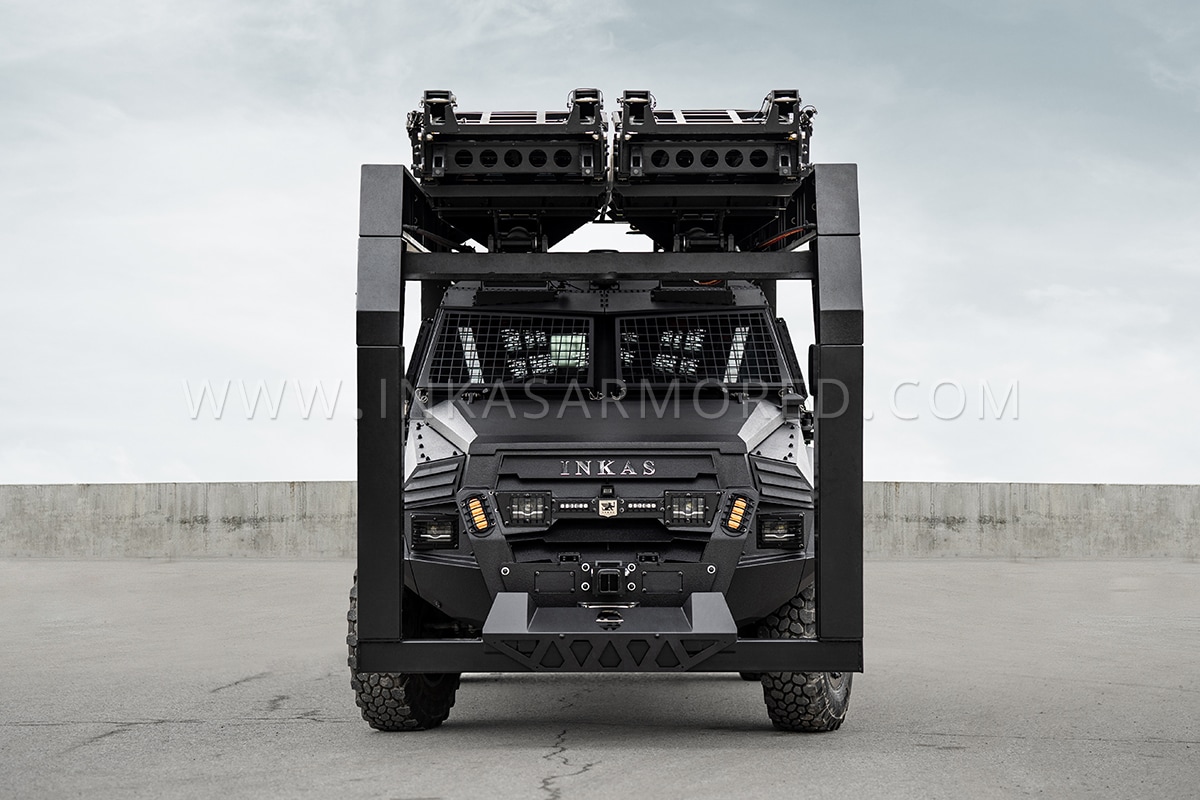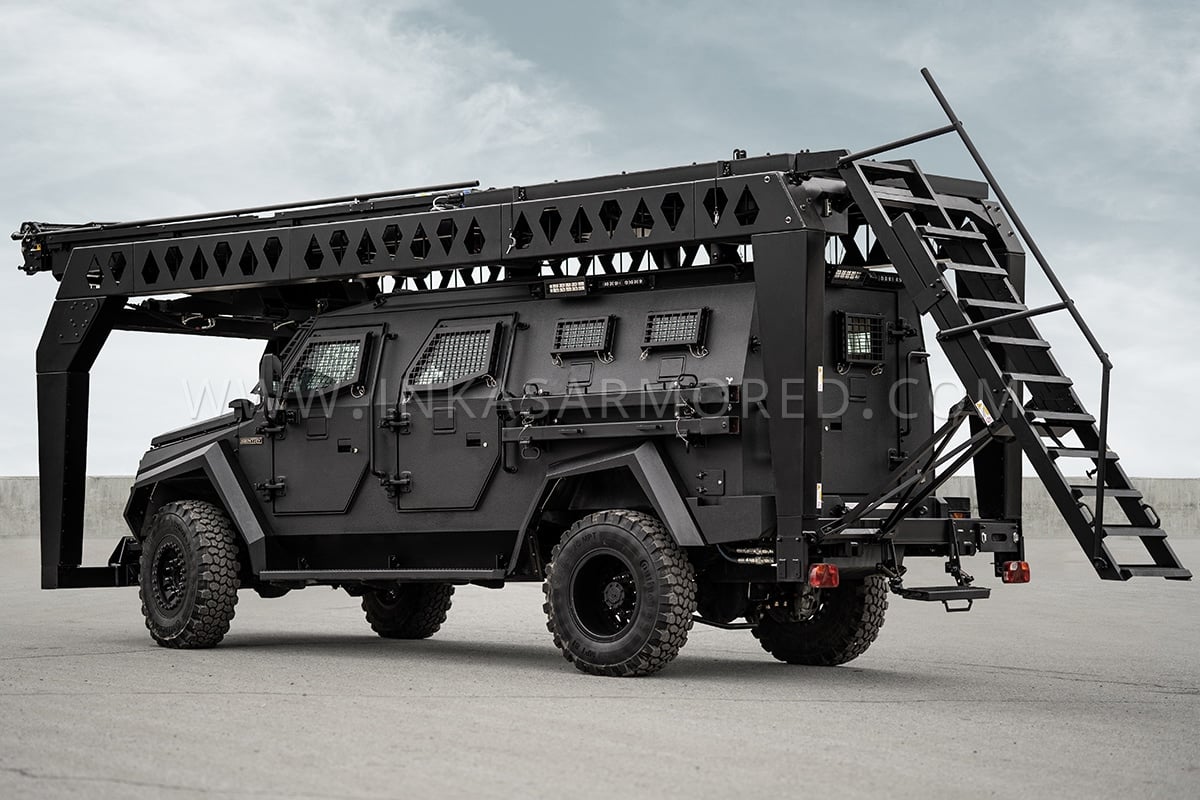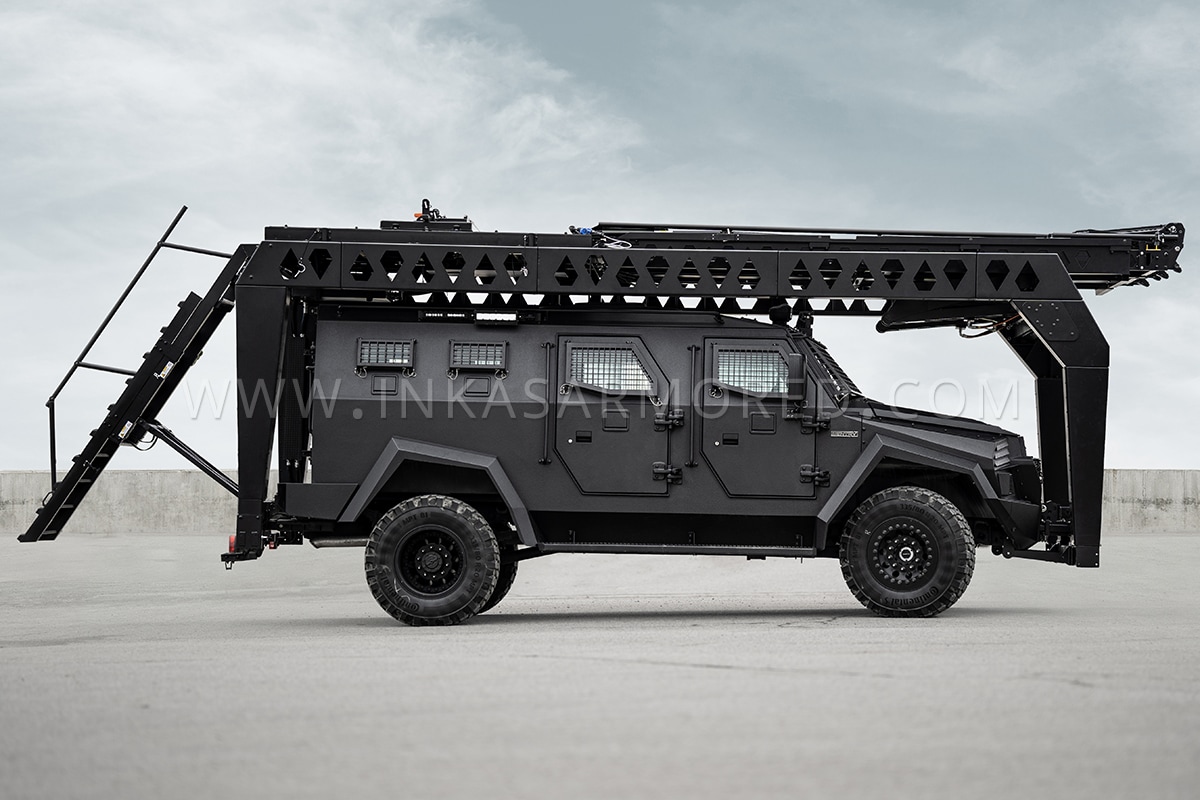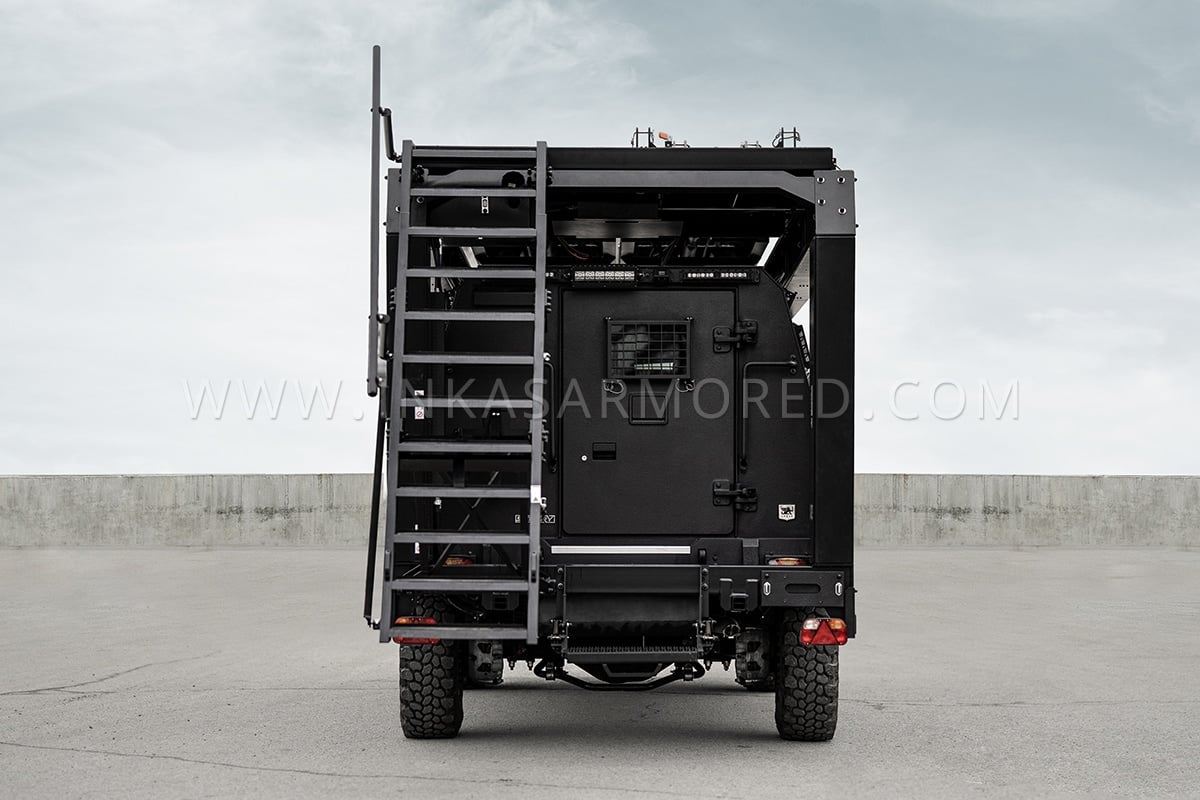INKAS® Armored Vehicle Manufacturing is proud to announce a strategically important collaboration with Force Development Services (FDS) – fusing the industry’s most reliable heavy-capacity tactical intervention system with INKAS® globally-renowned armored vehicles to create a lineup of highly capable Armored Tactical Intervention Vehicles. This collaboration will produce vehicle-mounted and rapidly deployable intervention capability that delivers unparalleled performance in mission-critical operations across a multitude of scenarios.
“As global leaders in our respective fields, we are excited to team up to develop innovative armored tactical intervention vehicles,” said Margarita Simkin, Chairwoman and Co-Founder of INKAS®. “The FDS tactical intervention systems are an excellent fit within the INKAS® special purpose vehicle lineup and will enhance the capabilities of the tactical teams and special forces that have entrusted us for over two decades.”
As a complete system that can be deployed and operated directly from the vehicle, INKAS® Armored Tactical Intervention Vehicles eliminate the need for security forces to await secondary support vehicles prior to acting, this enables tactical teams to respond significantly faster in time-sensitive situations that involve hostages, criminals, terrorists, or active emergencies where lives may be at risk.
Claire Hemmings, CEO of Force Development Services said. “We are absolutely delighted that the collaboration has been such a success. Working closely together, the teams have created a very special capability that will equip users with a vital competitive advantage”.
Designed specifically for Counter Terror teams, the FDS Vehicle Borne Intervention Systems have been operationally proven for over two decades and are known to enable users to achieve successful outcomes especially in extremely demanding scenarios. Fully integrated with INKAS® precision-engineered armored vehicles, these intervention systems will enable tactical teams to move quickly and covertly whether it be accessing aircraft, buses, trains, buildings, or ships in port.
NEW VEHICLE SPOTLIGHT: INKAS® Sentry TIV
INKAS® Sentry Tactical Intervention Vehicle made possible with Force Development Services, industry’s most reliable heavy-capacity tactical intervention system. The Sentry TIV can be viewed here.
With the most extensive range of tactical assault ramp systems in the industry, and the widest range of accessories, the FDS Enhanced Design Vehicle Borne intervention systems provide security forces with the flexibility to quickly adapt to the scenario at hand – swiftly adjusting height, angle, and position, as required. Regardless of the scenario, INKAS® Armored Tactical Intervention Vehicles will enable law enforcement teams and Special Forces to quickly position the vehicle and secure the Intervention System in place to enable direct access to active situations.
The FDS portfolio of Vehicle Borne Intervention Systems are now available as add-ons to INKAS armored law enforcement and special purpose vehicles, in roof-mount, high-capacity pickup truck bed-mount, and side mount configurations. INKAS® Armored Tactical Intervention Vehicles are available in both heavy-duty and lightweight configurations, and are now available for special order. To learn more, please visit the vehicle page here.

